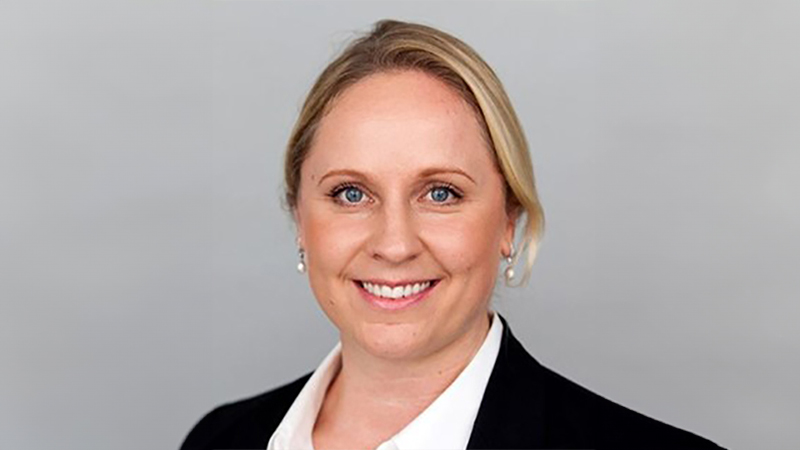Despite the fact that US high-yield spreads have gone above 7% for only the sixth time since 1986, ETF provider Source believes that the asset class still represents a strong opportunity – and a compelling substitute for equities.
“Our analysis reveals that equities took twice as long as high-yield bonds to regain their losses after the financial crisis, and equities also took nearly seven years to regain the cumulative returns of high yield,” says Fabrizio Palmucci, the firm’s executive director, fixed income specialist.
“Although the volatility has been higher in the US lately, even with a yield of 10% the US market looks compelling to us from a risk-return perspective. The valuations are interesting and are currently pricing an 11% default rate. This is far from our base scenario which factors in a 5% default rate, itself higher than the 4.5% historical average.
“With global risk aversion and the global economic cycle, the US high-yield market offers value considering our base macro-scenario. It offers a good alternative to US equities especially as these are looking expensive.”
Another wealth manager, Philip Saunders, co-head of multi-asset at Investec Asset Management, has talked up the opportunity in CCC-rated bonds.
“These are at the junkier end of junk bonds but it is interesting that they were the canaries in the coal mine – they performed phenomenally as a major beneficiary of quantitative easing but then they hit a peak and started to deteriorate,” he explains.
“They now have a pretty substantial risk premium on them, much larger than mainstream high-yield bonds.
“Sometimes the supposedly intrinsically riskiest part of the market is actually the least risky if the risk premium over compensates you.”










